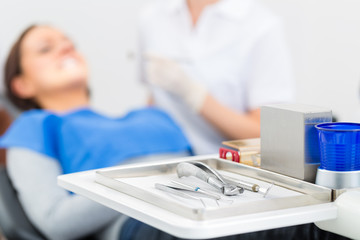Are you counting on your practice sale to fund your retirement?
If so, you m ay need a backup plan. Typically, after taxes and closing expenses, the profit from selling your practice is roughly equivalent to what you would take home from the practice after working an additional 1.5 – 2 years. As a result, many dentists fail to plan their finances for retirement.If you are considering retirement in the next ten to fifteen years, now is the time to start planning.
ay need a backup plan. Typically, after taxes and closing expenses, the profit from selling your practice is roughly equivalent to what you would take home from the practice after working an additional 1.5 – 2 years. As a result, many dentists fail to plan their finances for retirement.If you are considering retirement in the next ten to fifteen years, now is the time to start planning.
To start, ask yourself: How much will it cost to live once I retire? If you can’t answer that question, it is time to start calculating. Use your credit card statements and check register. You will need to include taxes, health insurance, medications, mortgage, travel, gas, insurance, repairs, maintenance, phone, clothes, gifts, entertainment, hobbies, food, utilities, and cable. Then, determine a monthly and annual cost of living.
Now is the time to get totally out of debt. Banks place liens on your practice when you borrow money or open a business line of credit. If you have borrowed money, the debt will have to be paid off before, or at the sale of your practice.
What investments and other assets do you own? Do you own stocks, bonds, fixed assets, cash, or money market accounts? How much income will these assets provide after retirement — and is it enough? Currently, social security is still viable, but will likely only fund a small portion of your retirement needs.
Determine whether your future total income from investments, social security, disability insurance, and any other sources will be enough to cover your future budget. If not, then you will either need to reduce your current and future standard of living, or lengthen your timeline for retirement.
The most common solution dentists see as the answer to retirement income is to sell their practice. If that’s your plan, you should probably be looking at other options to supplement your retirement.
If you haven’t started planning yet, now is the time.
- Jennifer Furey, CPA


